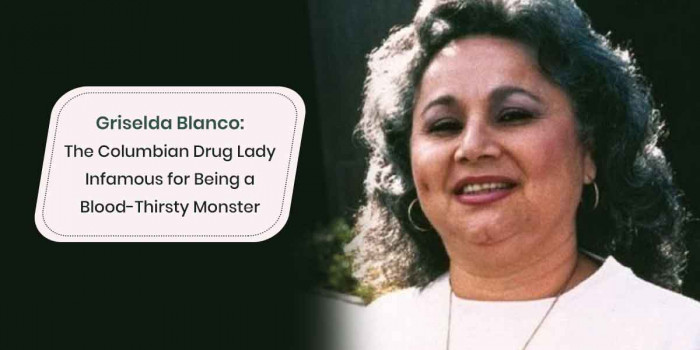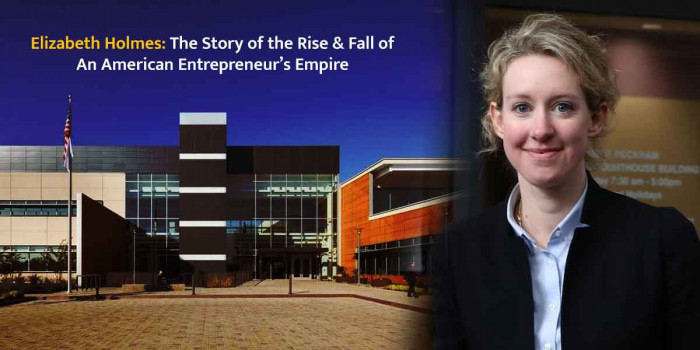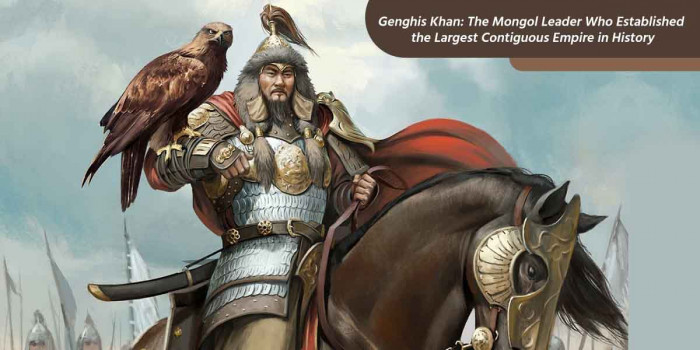10 Famous Muckrakers Whose Journalism Brought About Significant Reforms
Muckrakers, as the name suggests, were those who made profound efforts to rake the muck out of the society with their reformative journalism.
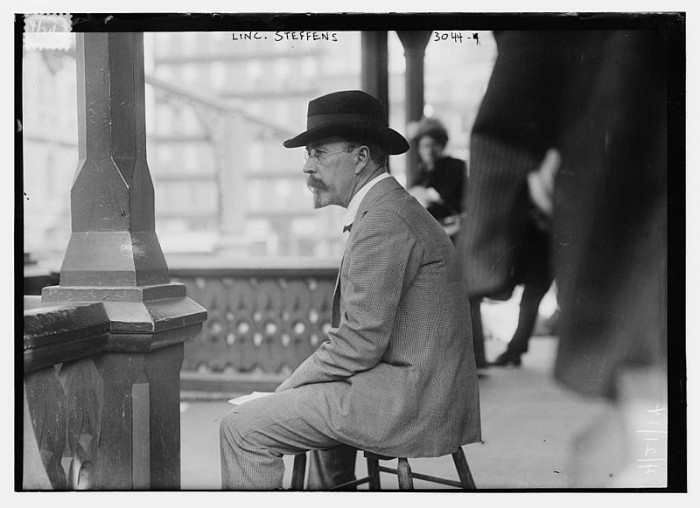
Muckrakers, as the name suggests, were those who made profound efforts to rake the muck out of society with their reformative journalism. They were the investigative journalists who used their mighty pen to report and reveal socio-economic and political issues and encourage the public to take action.
These reform-minded journalists played a prominently visible role in the Progressive era from the 1890s to the 1920s. McClure’s, Cosmopolitan, Munsey’s, and several other leading magazines published their muckraking works.
The muckrakers achieved success in exposing the stark truth of various social evils rampant during that period. The then progressive President Theodore Roosevelt referred to a character of John Bunyan’s classic allegory “Pilgrim’s Progress” in his speech “the Man with the Muck-rake” and borrowed the name ‘muckrakers’ from it.
Let’s take a look at some famous muckrakers who are notably known for their reformative works.
1. Lincoln Steffens
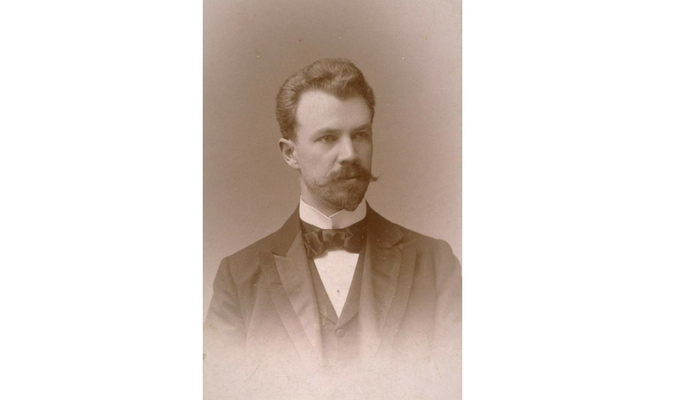
Lincoln Steffens was one of the pioneering muckrakers whose work “Tweed Days in St. Louis” was the first muckraking article, published in McClure's magazine in October 1902. It exposed the system of political corruption in St. Louis and one of the biggest urban scandals of corruption and bribery case of Tammany boss William M. Tweed. This prominent article resulted in an investigation of a corrupt political ring conducted by lawyer Joseph Folk.
Published in 1904, “The Shame of the Cities” was a work written by him that revealed the corrupt workings of many political machines in major cities of the US.
2. Ida M Tarbell
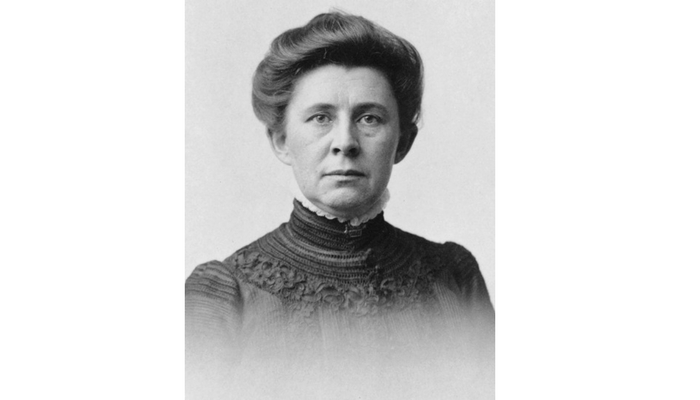
Ida M Tarbell, one of the leading muckrakers of the Progressive era, published “The Rise of the Standard Oil Company” in 1902 in which she provided insights into the manipulation of trusts. “The History of The Standard Oil Company: the Oil War of 1872” was then published in 1908 in McClure's magazine.
She criticized Rockefeller's immoral business tactics and stressed:
“Our national life is on every side distinctly poorer, uglier, meaner, for the kind of influence he exercises.”
Tarbell’s book generated so much public angst that it resulted in the splitting up of Standard Oil under the Sherman Antitrust Act.
3. Upton Sinclair
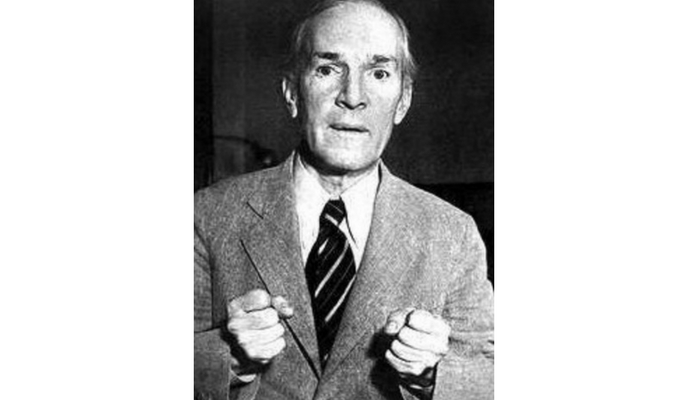
In 1906, Upton Sinclair published “The Jungle” which uncovered the conditions in the meatpacking industry of the United States. It played a crucial role in the establishment of the Pure Food and Drug Act and Meat Inspection Act.
4. David Graham Phillips
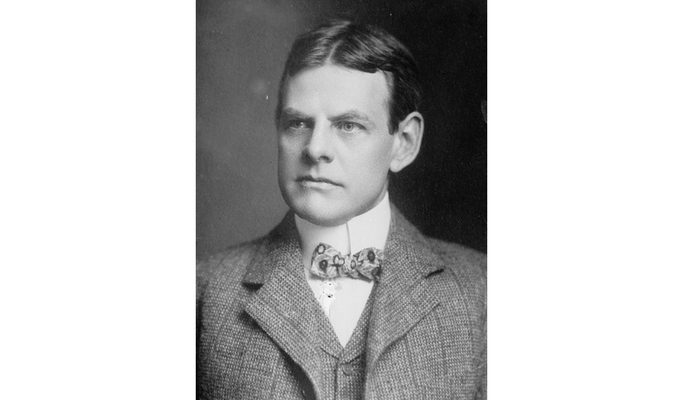
Published as a series of articles in Cosmopolitan magazine in February 1906, "The Treason of the Senate: Aldrich, the Head of it All" was a keystone muckraking work by David Graham Phillips. Outlining the corruption prevalent in the U.S. Senate, it resulted in the creation of the Seventeenth Amendment and mandated that the election of Senators should be conducted through popular vote.
5. Ray Stannard Baker
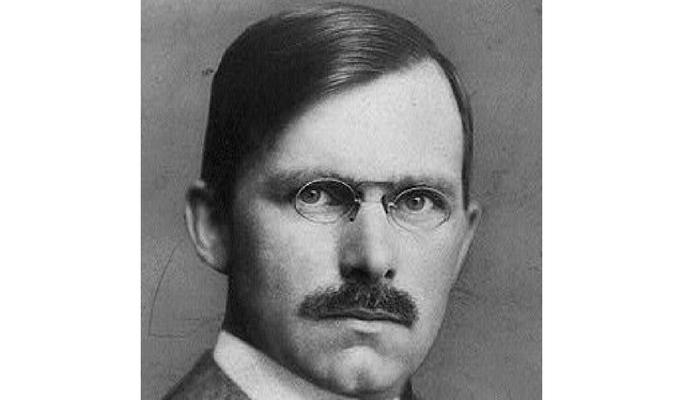
Ray Stannard Baker’s work "The Right to Work", published in McClure's Magazine in 1903 highlighted the coal mine conditions, a coal strike, and the situation of non-striking workers (or scabs). Baker’s investigative work described the dangerous conditions in which these people worked in the mines and the dangers they had been facing from union members who didn’t want them to work.
6. Charles Edward Russell
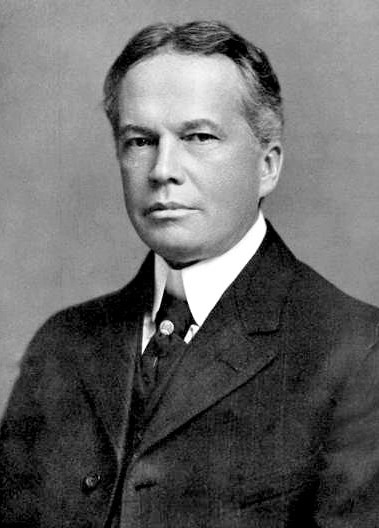
Charles Edward Russell was one of the pioneering muckrakers of the 20th century Progressive Era. He was also one of the co-founding members of the National Association for the Advancement of Colored People (NAACP). According to Donald Bragaw’s dissertation, the historian Louis Filler regarded Russell as the leader of the muckrakers for contributing 'important studies in almost every field in which they ventured.'
Russell’s best work “The Greatest Trust in the World” exposed the shocking methods of the meatpacking industry. Moreover, he documented the malpractices and inhuman conditions at Chicago stockyards. Creating a national uproar, his reports resulted in inspection reforms. It also served as an inspiration for the powerful novel The Jungle by Upton Sinclair.
His most controversial report was focused on the Trinity Church. In this report, he made accusations that the church was one of the leading slum landlords in New York City. This led to taking up swift action thereby cleaning up and selling the dilapidated properties.
7. Ida B. Wells
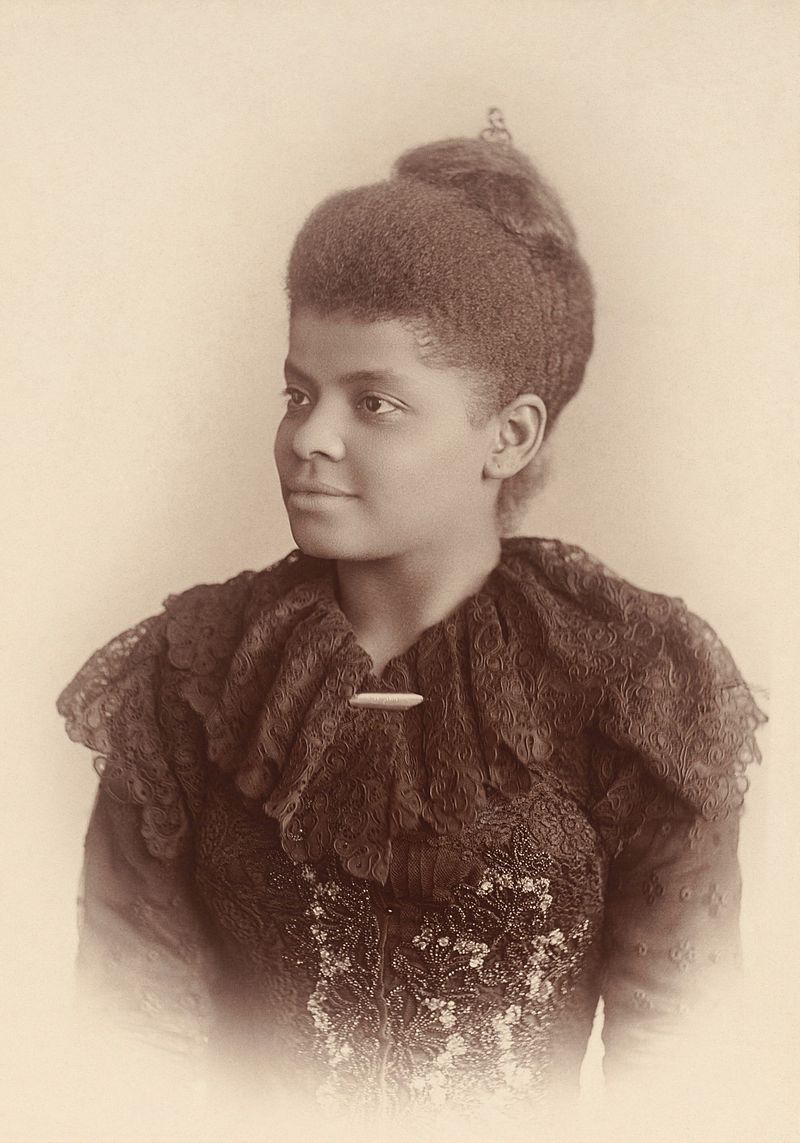
Ida B. Wells was an African American investigative journo, suffragist, editor, sociologist, and early leader of the Civil Rights Movement. Wells was also one of the founding members of the National Association for the Advancement of Colored People (NAACP) in 1909.
In her work The Free Speech (1892), she described the flaws with the lynching in the US justice system. Through her work, she shed light on how lynching was used in the South in order to control or penalize Black people who kept up with whites. The lynching laws were for black people were not in accordance with the criminal acts claimed by whites.
8. Samuel Hopkins Adams
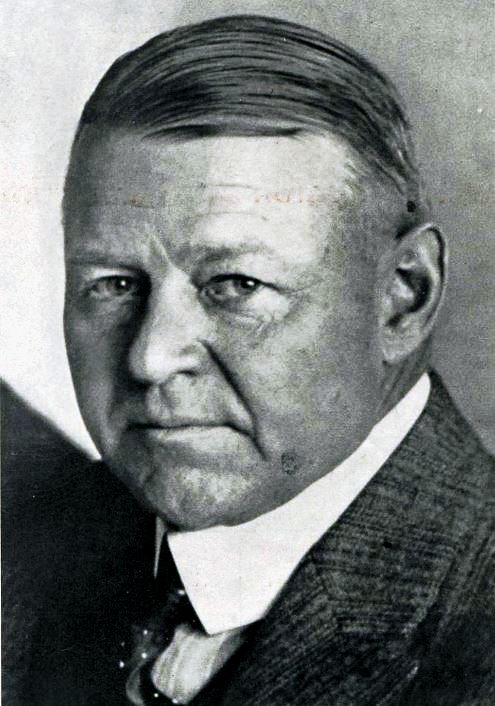
Samuel Hopkins Adams penned “The Great American Fraud” that attempted to uncover the unscrupulous claims and endorsements of patent medicine in America. It described the several false allegations made by the pharmaceutical manufacturers and companies regarding the potency of the drugs, tonics, and medicines.
Alongside Upton Sinclair’s work, this exposé by Adams played a pivotal role in the formation of the Pure Food and Drug Act. Citing Peruna’s example in his work, Adams explained how this tonic (composed of 7 compound drugs and alcohol) didn’t have “any great potency.” He mentioned that the manufacturers would sell it at outrageous prices thereby making huge profits. Adams’ work enforced the crackdown of numerous other patents and fraudulent schemes carried out by medicinal companies.
9. Jacob Riis
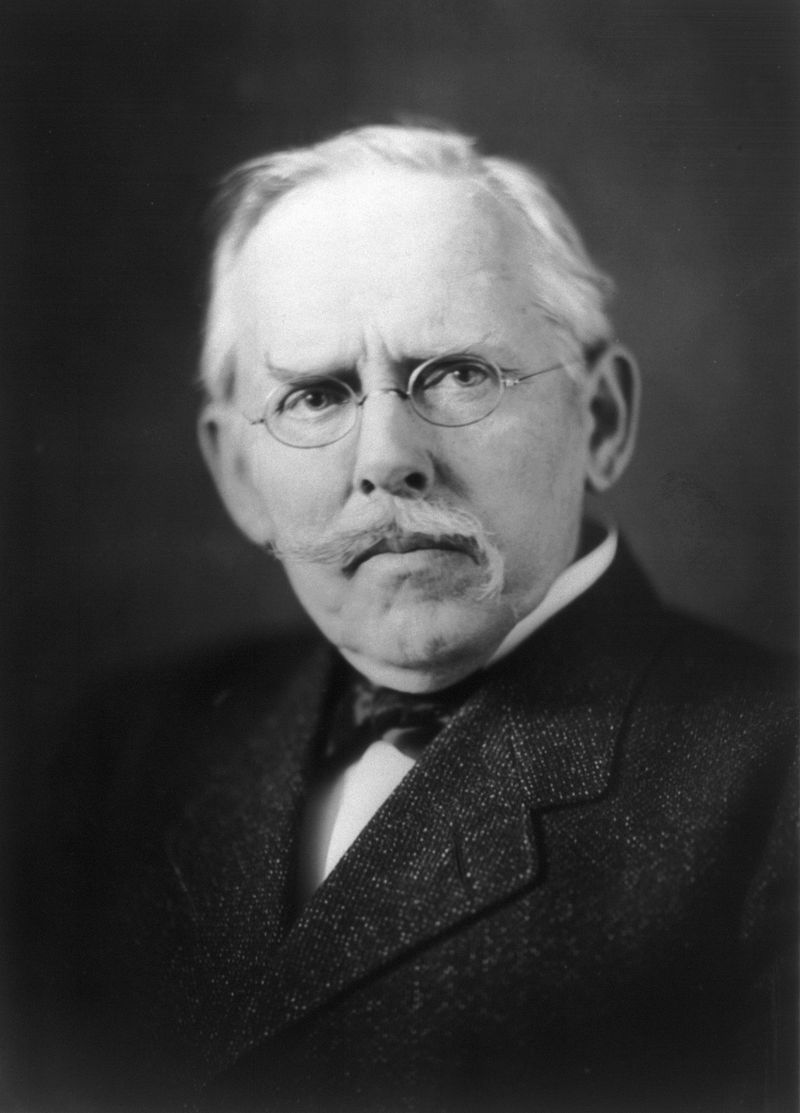
Jacob August Riis was a Danish-American muckraker, social reformer, and social documentary photographer. He is best known for his photographic and journalistic knack of exposing the distressing living conditions of impoverished slum-dwelling New Yorkers. Along with the humanitarian Lawrence Veiller, he supported the implementation of "model tenements" in New York.
10. William Henry Irwin
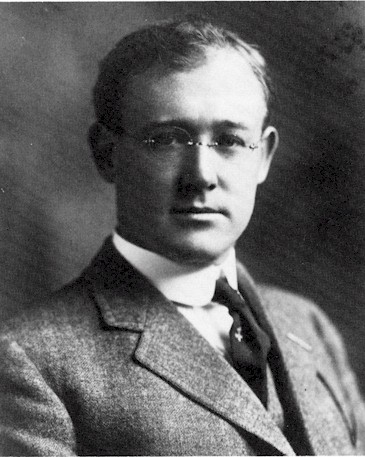
William Henry Irwin, or Will Irwin, was a muckraking journalist, Author, and writer. “The City That Was” about the 1906 San Francisco earthquake was Irwin’s biggest story and achievement that earned him the status of a professional writer. He also investigative pieces on the movement for Prohibition and documented a study of fake spiritual mediums.
During 1906-07, he came back to San Fransisco for researching a story on anti-Japanese racial discrimination and saw the city thriving. So, some years later, he penned Down an article “The City That Is” about the city’s revival. After that, Irwin wrote the series "The American Newspaper" in 1911 which happens to be one of the most famous critical studies on American journalism.
Popular Posts
Veronica Seider - A Superhuman With Super-Eye
Veronica Seider’s super power sounds like a plot of a film. Veronica has an eyesight that redefines the human eye capability. ...
Swati Bhandari
Most Notable Dead Bodies Left On Mount Everest
The world’s highest mountain – Mount Everest not only serves as an epitome of nature’s beauty, but it is also a warning t...
Kimberly Campbell
15 Black Female Bodybuilders With Insane Physique
Bodybuilding takes a lot of patience and hard work but in the case of women, it takes a lot more than that. Despite all the aesthetic hurdles that female bod...
Kevin Green






